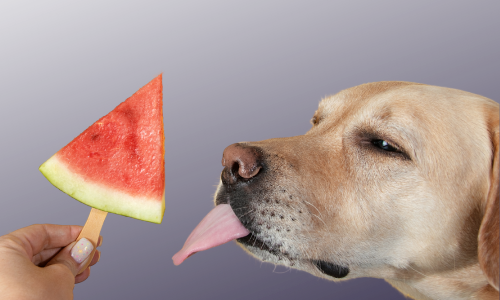If you’re a dog lover with allergies, the idea of having a pet may seem impossible. However, hypoallergenic dogs can help minimize allergic reactions, making it possible for people with mild allergies to enjoy canine companionship. In this comprehensive guide, we will explore everything you need to know about hypoallergenic dogs, list the top breeds, and help you choose the right one for your home.
*Disclaimer: This Post May Contain Affiliate Links. This Means That I Receive A Small Commission At No Extra Cost To You Should You Click Through And Make A Purchase. Learn More On My Policy Page
What Are Hypoallergenic Dogs?
Hypoallergenic dogs are breeds that tend to produce fewer allergens compared to other dogs.
While no dog is 100% hypoallergenic, these breeds are less likely to trigger allergic reactions because they shed minimally or have hair instead of fur.
Common allergens come from dander, saliva, and urine, and since these dogs shed less, they produce fewer allergens in the air.
What Causes Allergies in Dogs?
Most people assume that dog allergies are caused by fur, but it’s actually the proteins in a dog’s dander (dead skin cells), saliva, and urine that trigger reactions.
Allergic reactions can include:
- Sneezing
- Runny or stuffy nose
- Itchy, watery eyes
- Skin rashes
- Wheezing or difficulty breathing
People with asthma may also experience aggravated symptoms around non-hypoallergenic dogs.
Can Hypoallergenic Dogs Prevent Allergic Reactions?
While hypoallergenic dogs can significantly reduce the likelihood of allergic reactions, they cannot eliminate the risk completely.
Here’s what you can do to minimize allergic reactions:
- Regular grooming of your dog
- Frequent vacuuming of pet areas
- Using air purifiers in your home
- Washing your hands after petting your dog
These steps will help reduce allergens in the home, improving the overall environment for allergy sufferers.
15 Top Hypoallergenic Dog Breeds
Here are some popular hypoallergenic breeds that are known to be great for people with allergies:
- Poodle (Standard, Miniature, and Toy)
- Poodles are intelligent, non-shedding dogs with curly hair.
- Bichon Frise
- This small breed has a soft coat that doesn’t shed much, perfect for allergy sufferers.
- Maltese
- The Maltese has long, silky hair that requires grooming but produces fewer allergens.
- Portuguese Water Dog
- Known for their wavy, waterproof coat, these dogs are low-shedding and hypoallergenic.
- Yorkshire Terrier
- With their fine hair similar to human hair, Yorkies are a great hypoallergenic option.
- Shih Tzu
- Shih Tzus have a double-layered coat that doesn’t shed as much, making them a good fit for allergy sufferers.
- Havanese
- These small, cheerful dogs have a silky coat that doesn’t shed much.
- Labradoodle (A mix of Labrador and Poodle)
- Labradoodles are popular for their minimal shedding and playful personalities.
- Schnauzer (Miniature, Standard, and Giant)
- Schnauzers have a bristly coat that sheds minimally, making them hypoallergenic.
- Basenji
- Known as the “barkless dog,” Basenjis have short coats that shed very little.
- Cairn Terrier
- This small terrier has a short, dense coat that is low-shedding, perfect for families with allergies.
- Afghan Hound
- Afghan Hounds have long, silky hair that doesn’t shed much, though regular grooming is required.
- Irish Water Spaniel
- These energetic dogs have a curly, water-resistant coat that produces fewer allergens.
- Lagotto Romagnolo
- This rare breed has a curly, wool-like coat that’s hypoallergenic and doesn’t shed.
- West Highland White Terrier
- Westies have a rough, short coat that sheds minimally, reducing the risk of allergic reactions.

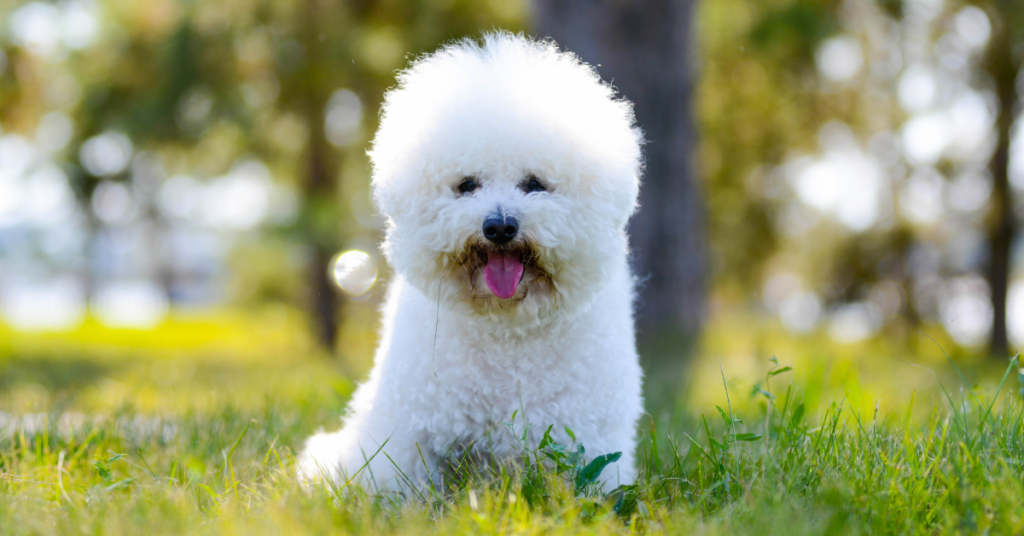

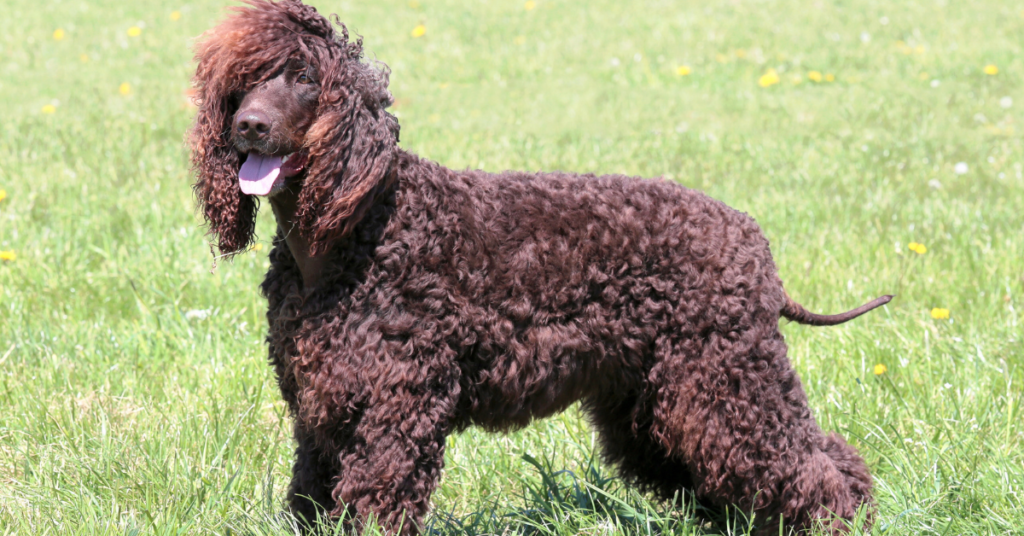
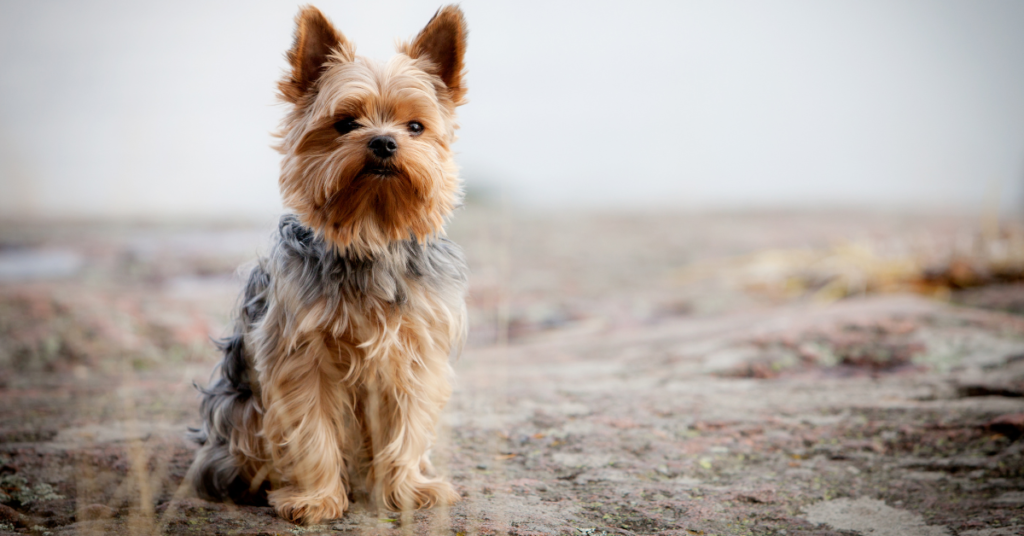
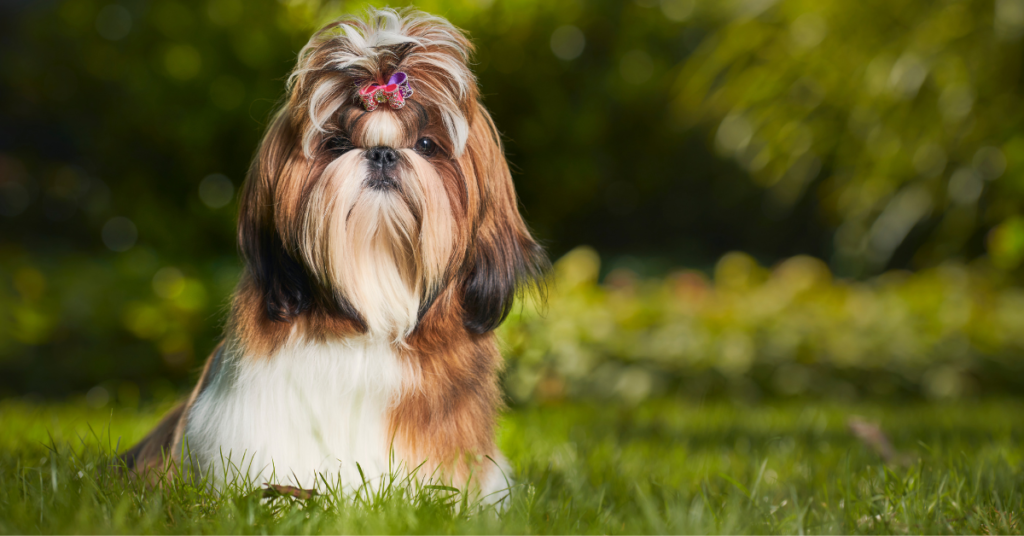



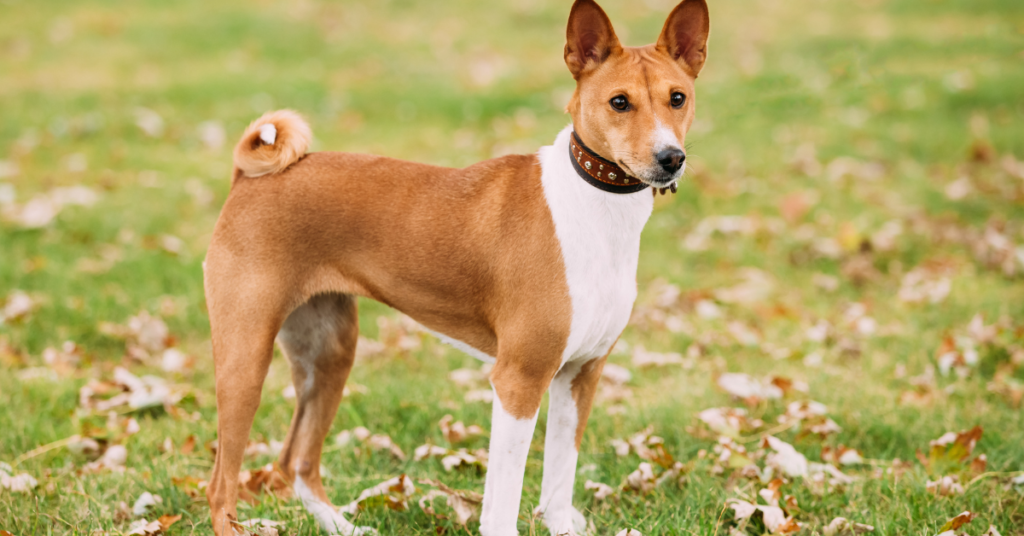



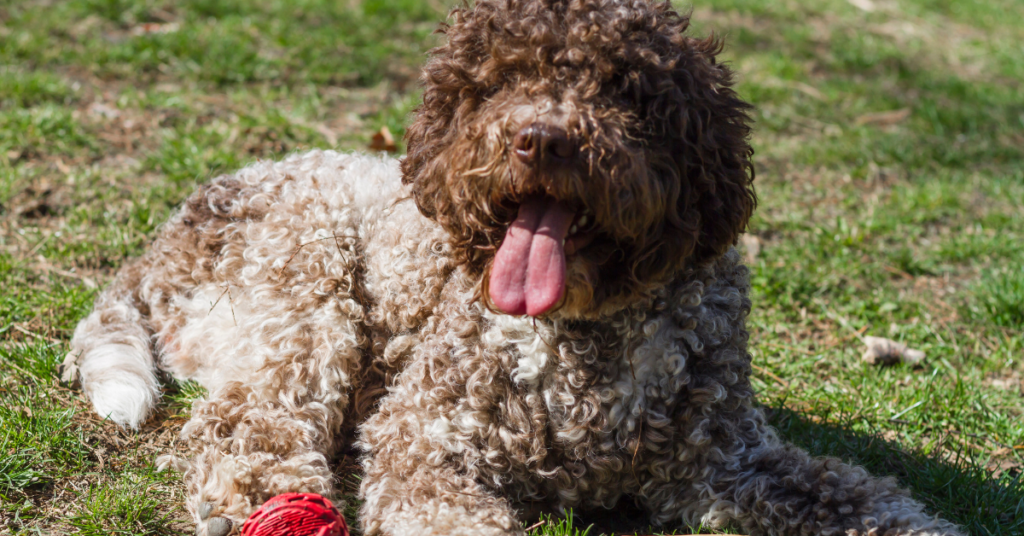
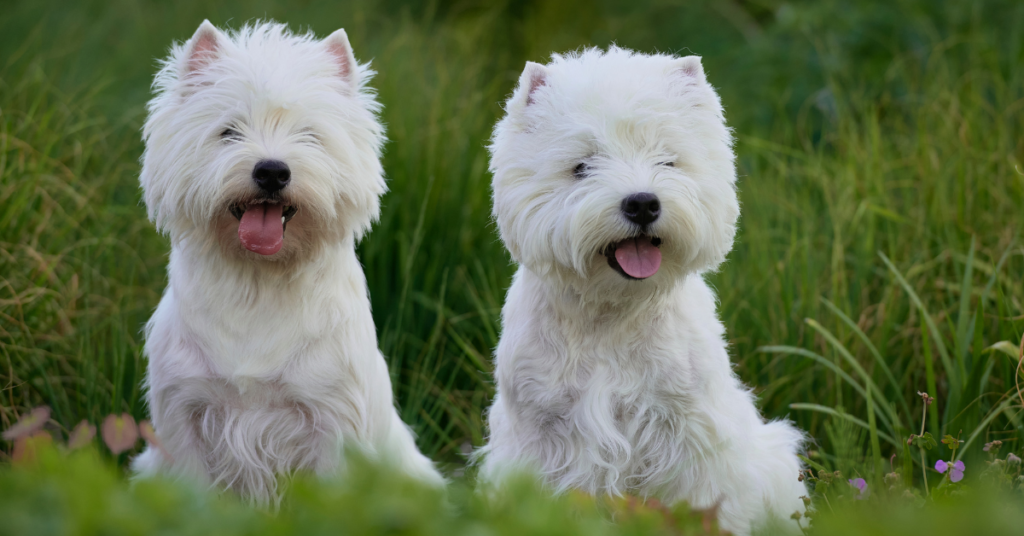
Hypoallergenic designer dogs
They are specially bred to combine the desirable traits of two or more breeds, often aiming to create a dog that is low-shedding and allergy-friendly.
Popular hypoallergenic designer dogs, such as the Labradoodle, Cavapoo, or Schnoodle, are a result of crossbreeding to achieve minimal dander production, making them a suitable choice for people with allergies.
These dogs often have coats that resemble human hair, requiring regular grooming to maintain their hypoallergenic properties while providing the added benefits of unique personality traits from both parent breeds.

What Makes a Dog Breed Hypoallergenic?
Low shedding and minimal dander production are key characteristics that make certain dog breeds hypoallergenic.
Dog breeds with hair-like coats (like poodles and bichons) often trigger fewer allergies.
These coats grow continuously, similar to human hair, requiring regular grooming to keep the coat healthy and to reduce the spread of allergens.
How Do You Manage Allergies With a Hypoallergenic Dog?
While owning a hypoallergenic dog can make life easier for allergy sufferers, it’s still essential to keep your home clean and allergen-free.
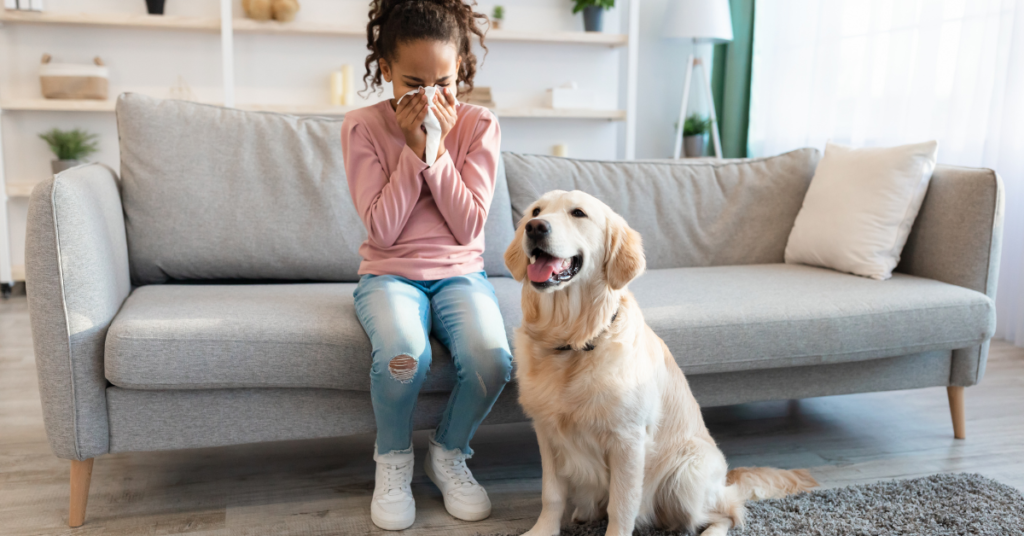
Here are some tips:
- Bathe your dog regularly to remove allergens.
- Brush their coat outside the home to prevent dander from spreading indoors.
- Use HEPA filters to improve indoor air quality.
- Keep your dog out of bedrooms or other spaces where you spend a lot of time.
- Wash bedding and fabrics that come into contact with your dog frequently.
These measures will help reduce the overall allergen load in your home.
Are Hypoallergenic Dogs Good for Families?
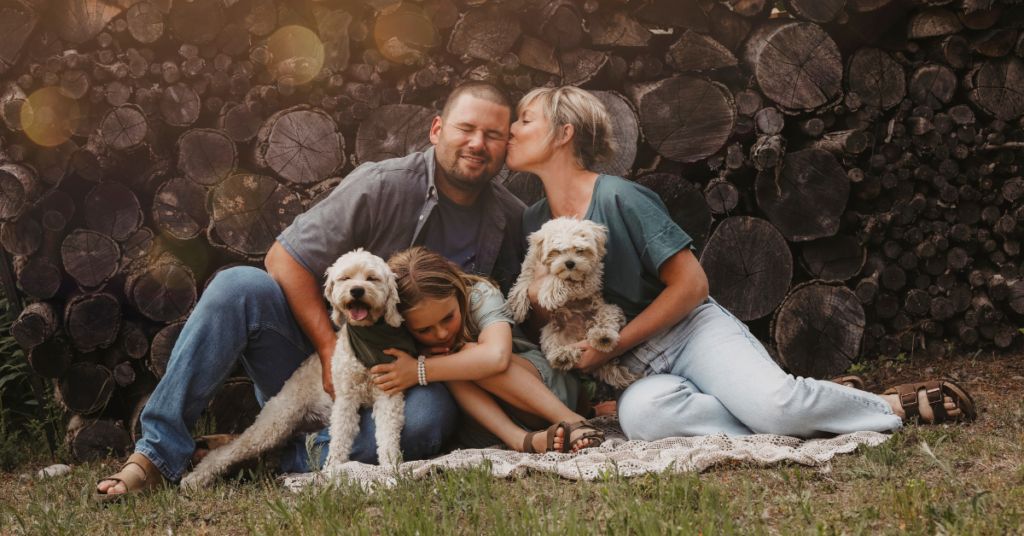
Yes, hypoallergenic dogs can be an excellent choice for families, especially for those with members who suffer from allergies.
Many hypoallergenic breeds are known for their friendly, affectionate personalities, making them great companions for children and adults alike.
Smaller hypoallergenic breeds like the Bichon Frise and Yorkshire Terrier are perfect for families living in apartments or smaller spaces.
On the other hand, larger hypoallergenic breeds like the Portuguese Water Dog or Irish Water Spaniel are well-suited for families with active lifestyles.
Is There a Downside to Owning a Hypoallergenic Dog?
While hypoallergenic dogs shed less, they often require more grooming and maintenance to keep their coats healthy.
Regular grooming sessions can prevent matting and reduce the amount of loose dander in your home.
Some hypoallergenic dogs, like poodles, need to be clipped or trimmed every few weeks, which can add to the cost of ownership.
If you are ambitious and want to learn to do your dog’s grooming yourself, there are a lot of great YouTube videos that will help you out.
It takes a few times to get it right, but does save you a lot of money from trips to the groomer.
The oneisall Dog Hair Vacuum & Dog Grooming Kit from Amazon is great. It has 7 tools for grooming and it makes less of a mess because it vacuums as you trim, I have one and love it.
It’s also good to have a set of dog grooming scissors for precision work in areas where clippers might not be as effective. I especially like the curved ones in this set from Amazon: GLADOG Professional 5 in 1 Dog Grooming Scissors Set.
Can Hypoallergenic Dogs Still Cause Allergic Reactions?
Yes, hypoallergenic dogs can still cause allergic reactions in some people, particularly if they are highly sensitive to dander or saliva.
It’s important to spend time around the specific breed you’re considering before bringing them home to see if you experience any allergic symptoms.
Consulting your vet is crucial, as they can offer guidance on managing allergies with a hypoallergenic dog.
Is a Hypoallergenic Dog Right for You?
If you suffer from allergies but still want the joy of having a dog, a hypoallergenic breed can be the perfect solution. These breeds are known for shedding less and producing fewer allergens, making them ideal companions for allergy sufferers.
However, it’s essential to remember that even hypoallergenic dogs are not completely allergen-free. Taking steps to manage your environment and keeping your dog well-groomed will help reduce allergens.
Finally, you can consult your vet to discuss the best hypoallergenic dog breed for your family and any potential allergy management strategies.
For a more extensive list of hypoallergenic dogs, check out this article on the AKC website.











